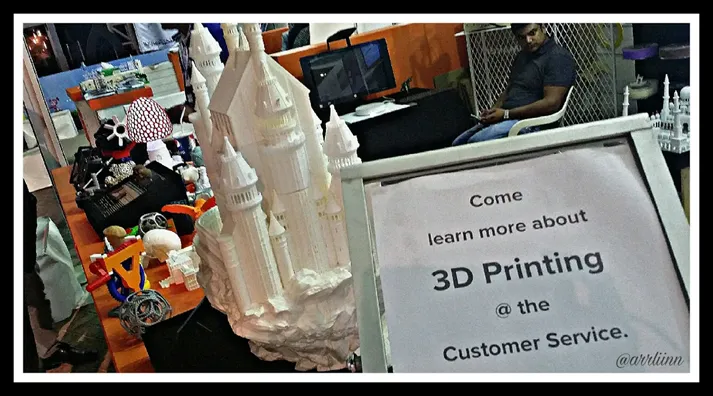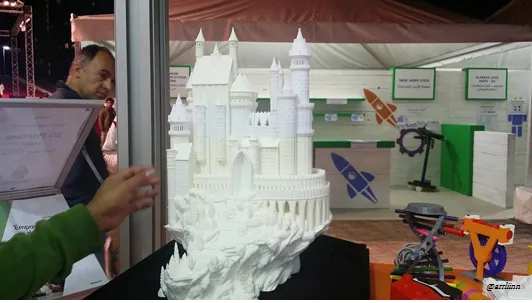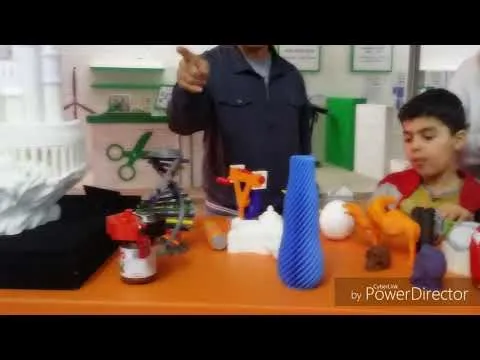
Have You Heard About 3d Printing?
To tell you honestly, I have heard about 3D printing in passing, however, I have not yet seen an actual object which has been printed through this technology. One time when my previous manager and I were on our way back from a meeting in Dubai, our conversation was shifted to this topic. He has a friend who has invested in this kind of technology.
"Cool!" I thought. "But can it really work?"
When I think about print, I normally think about paper print outs. So knowing that 3 dimentional objects can be printed from a computer is really amusing for me.
Definition: Print
Merriam Wesbster dictionary defines print as:
a reproduction of an original work of art (such as a painting) made by a photomechanical process.
3D Printing
3D Printing is making a three-dimensional solid object of a shape from a digital model. (Wikipedia)

How Does 3D Printing Work?
1. 3D Model. A 3D model of the object you want to print can be created either by CAD (computer-aided design) or a 3D scanner. There are also several websites where 3D models can be downloaded for free. Here's a list for you compiled by www.3dnatives.com - Top 10 Best Websites to Download Free STL Files 2018.
2. STL format. The design needs to be converted into STL format - (STL stands for standard tessellation language). As mentioned earlier, these file formats are easily downloadable from different websites.
3. 3D Slicing. This refers to the process of translating your 3D model into individual layers, which will be fed as instructions to the printer. Slicing is typically getting your 3D model into something that your 3D printer can understand. Better instructions mean better prints. Here is a list of some 3D printer softwares which you may want to see: Top 16 Free 3D Printer Software for Beginners in 2018.
4. Printing. The printer, upon receiving the command from the software, shall melt the filament at a certain temperature so that the object can be formed layer upon layer as mentioned above. 3D filaments come in different types, wherein the choice of material will greatly depend on the kind of object you want to produce. The most popular type of filament is the ABS or Acrylonitrile Butadiene Styrene which is ideal in many types of applications because of its durability and impact resistance.
5. Post Processing. Once the object has been completed, it may require some cleaning or washing in order to polish the output. Where the object desired is big, it may involve putting together parts/printouts together (like the castle shown in the photo above).
Video
We were lucky, we got a thorough run through of how 3D printing works when we went to the recent Abu Dhabi Science Fair, part of the UAE Innovation month. The exhibitor was very accommodating to our questions and we really learned a lot from him.
Watch the video to find out more, including the practical daily applications of 3D printing.
Other sources:
https://www.goprint3d.co.uk/blog/what-is-slicing-software-and-what-does-it-do/
https://www.allthat3d.com/3d-printer-filament/
Have you voted your witness?
Consider casting your witness votes for @steemgigs (@surpassinggoogle), @precise, @cloh76.witness, @ausbitbank and @curie who have been adding invaluable contribution to the community.
To cast your votes, just go to
https://steemit.com/~witnesses

